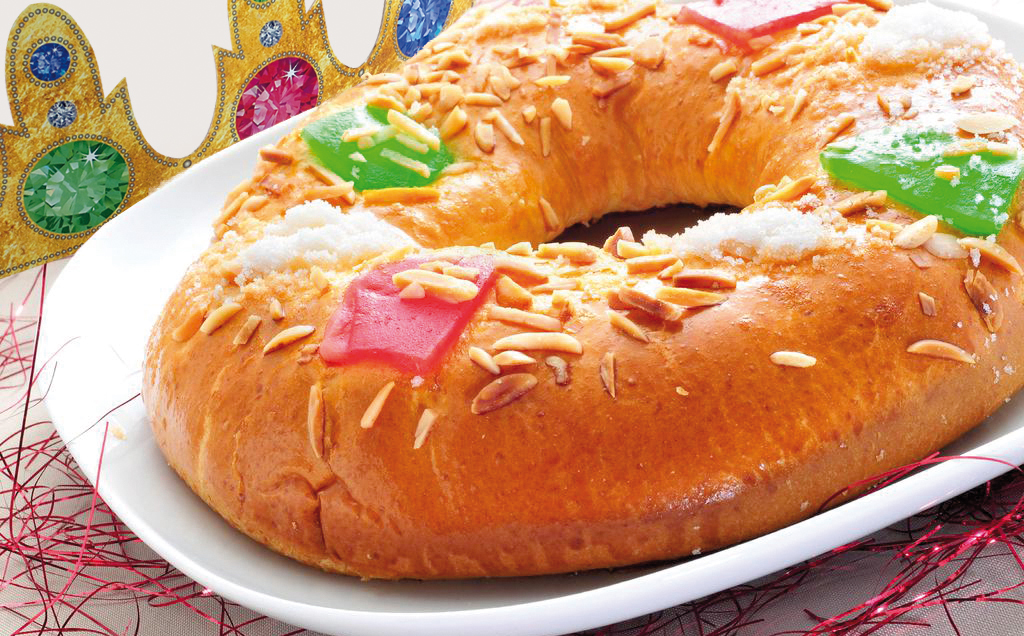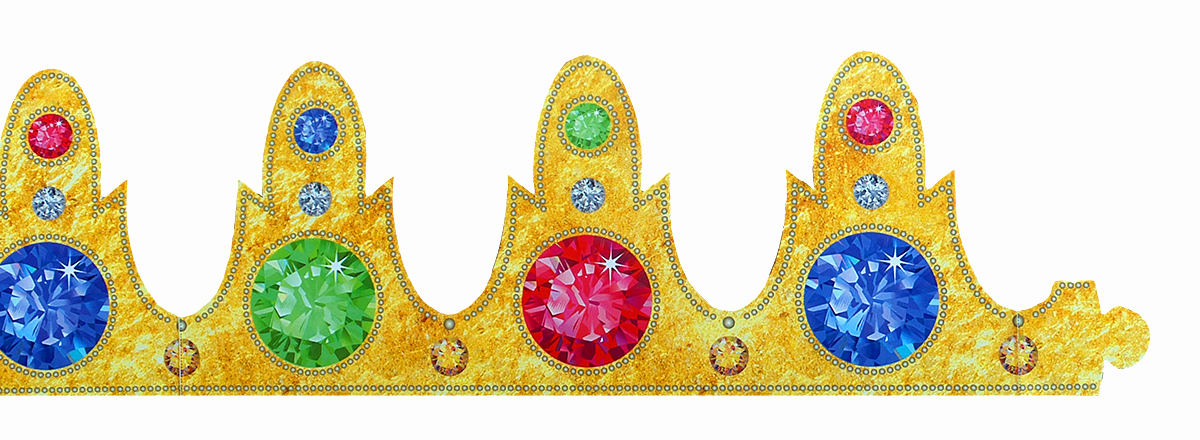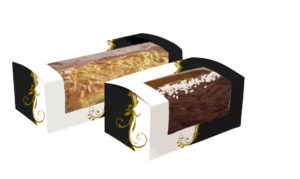Did you know that the origin of the Yule log and ‘Roscón de Reyes’ (Three Kings Cake) is so far removed that it actually has little to do with Bethlehem, the birth of Jesus, and the Adoration of the Kings?
The oldest Christmas dessert: the Yule log
With its roots in France, a few years ago we began to see it on tables all over Europe. But why a log? The origin of this cake is the pagan celebration of the winter solstice, with its ‘Fire Festival’ in which the pre-Christian families got a large log and burned it slowly in their homes during the three days of the festival. The burning of the log and the rituals surrounding it predicted whether the coming year would bring good or bad luck. The coming of Christianity, initially, and then industrialisation a few centuries later, reduced this atavistic ritual to a symbolic dessert in the form of a log, which is eaten on Christmas Eve or Day.
The ancestral origin of the ‘Roscón de Reyes’ (Three Kings Cake)
This is a very typical dessert found in Spain, Portugal, France, and some countries in Latin America, on Epiphany, on January 6. It is eaten as a breakfast, snack, or dessert, depending on the traditions in each area. The cake resembles a tiara decorated with crystallized fruit that look like jewels, and it is always accompanied by a crown. It also has two surprises in the filling: a broad bean and a figurine. The tradition says that whoever finds the figurine is to be crowned the ‘king of the party’, and whoever finds the broad bean has to pay for the cake.
The origin of this dessert dates back to the 2nd century B.C. when the Roman Empire celebrated Saturnalia in homage to Saturn, God of Agriculture and Harvest. During the festival, it was customary to eat cakes made of honey and dried fruit which had a broad bean inside that symbolized prosperity and fertility. Whoever found the bean in their portion of the cake would have good luck for the rest of the year (Saturnalia took place at the end of February).
With the arrival of Christianity, the Pagan rituals disappeared, among them the homage to Saturn. However, although stripped of its religious meaning, the custom of eating the cake with a surprise hidden inside endured. It was the French aristocracy who popularised this dessert and gave it another meaning: whoever found the bean was crowned ‘King of the Bean’ and was showered with gifts. Reputedly, the young king Louis XV loved the game and added another element to it: a coin hidden in the filling. From that moment, the coin took on greater symbolic value than the bean, and it became the coveted prize, while the bean took on a negative role.
Apparently, eating the ‘Roscón de Reyes’ on January 6 to celebrate the Epiphany was adopted as a tradition in the 19th century.
Don’t forget that the best way to deliver these cakes to your customers is in long boxes (yule log) and in square boxes (for the ‘Roscón’).







